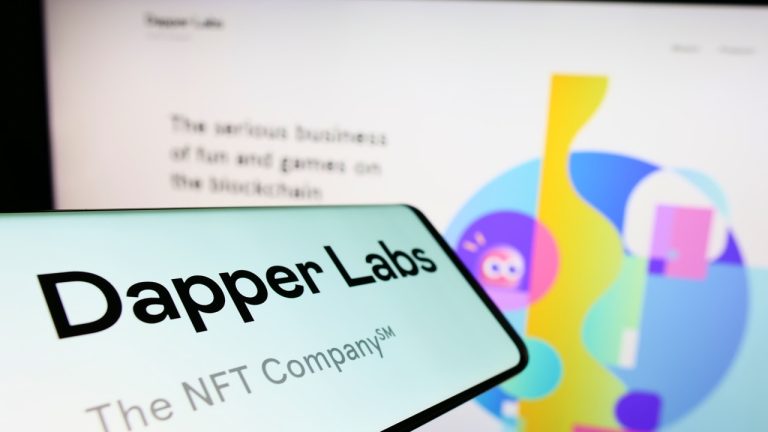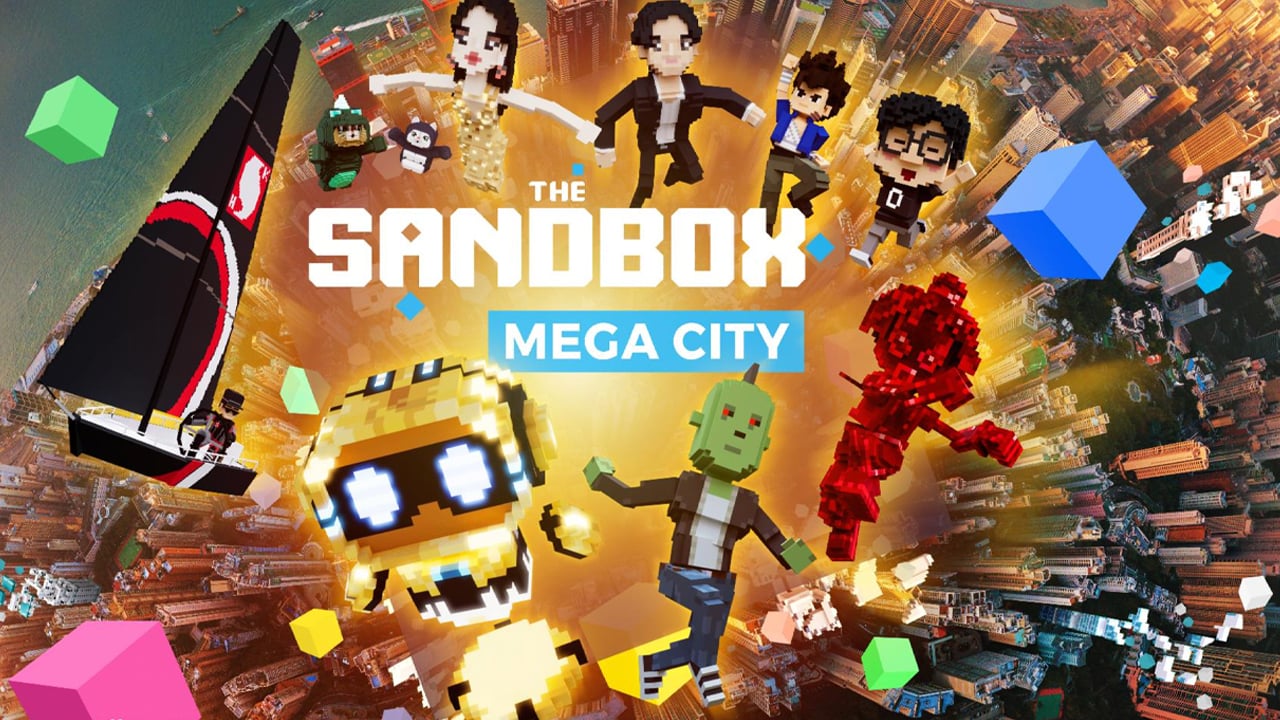
Popular entrepreneur and VeeFriends creator, Gary Vaynerchuck, shared his thoughts on NFT tickets, VeeCon 2024, cryptocurrency and blockchain adoption at VeeCon 2023.
Famous entrepreneur Gary Vaynerchuck — also known as Gary Vee — is a long-time supporter and collector of nonfungible tokens (NFTs).
In May 2021, Vaynerchuck announced the launch of his VeeFriends NFT collection, which consisted of 10,255 unique tokens to give holders access to exclusive events.
Shortly after launching the VeeFriends collection, Vaynerchuck demonstrated the potential behind NFT tickets during VeeCon 2022 — a Web3-focused conference built around NFTs, pop culture, entrepreneurship and marketing. Attendees of VeeCon 2022 needed to hold at least one VeeFriend Series 1 NFT to access the event.
Based on the success of this model, Vaynerchuck moved forward with NFT-based tickets for VeeCon 2023, which was held from May 18–20 in Indianapolis, Indiana. The event organizers told Cointelegraph that VeeCon 2023 attracted almost 5,000 attendees, many of whom were VeeFriend NFT holders.
“I think ticketing will be a major case for NFTs. I want to be at the forefront of this,” Vaynerchuck told Cointelegraph.
Vaynerchuck elaborated on the potential behind NFT tickets, his thoughts on cryptocurrency, and what to expect from VeeCon 2024 during an exclusive interview with Cointelegraph at VeeCon 2023.
Cointelegraph: Why is VeeCon important for the Web3 community?
Gary Vaynerchuck: VeeCon is an incredibly important conference because it’s a place where people can come together in a human way rather than digitally. I think humans need this connection, and conferences are a great way to expand people’s ideas and relationships.
CT: Why did you choose to implement NFT tickets for VeeCon 2023?
GV: Ticketing will be a huge use case for NFTs. I think that, by nature, tickets are collectibles. For instance, if you were to go on eBay now and look at how many ticket stubs are being bought, you may be surprised. People love memories and holding on to certain things, which is why I think ticketing will be a major [use] case for NFTs. I want to be at the forefront of this.
CT: What can we expect for VeeCon 2024?
GV: We will continue to expand this pop culture business conference grounded in innovation, marketing and motivation. We will continue learning from what we did in previous years, and hopefully keep bringing positive and practical optimism. Also, I don’t think that VeeCon 2024 will be held in Indianapolis again since I like the idea of moving the conference to new cities.
CT: When did you start getting interested in the crypto and blockchain space?
GV: I started getting interested in 2016, as I saw some interesting NFT projects like CryptoKitties, which intrigued me. In January 2020, I started getting really excited about NFTs.
CT: What are your thoughts on cryptocurrency? Do you own any crypto?
GV: I actually own very little cryptocurrency, as almost everything I own are NFTs. I’m more of a collector by heart than a financier. I don’t get excited about finances, so I don’t own a lot of currencies in general. I am more of a baseball card collector and an art collector, which is what crypto represents for me.
CT: What excites you most about blockchain as a technology?
GV: The idea that the technology is entirely decentralized. I don’t think many people understand the concept of other people owning their data, so I think blockchain will be a big deal in the future.
CT: What are your thoughts on the current NFT market?
GV: The NFT market has dipped because there has been too much greed. People have been day trading, short-term thinking, and there has been no real affinity toward actual NFT collections.
It takes time to get people to care about something. Conferences like VeeCon allow me to get people to care about the VeeFriend characters and this collection, which is why this event really matters.
CT: What are your thoughts on the metaverse?
GV: Long-term, the metaverse excites me. But we are not there yet.
CT: Do you use a crypto wallet to store your NFTs?
GV: I use hardware wallets since I have a very substantial NFT collection, and I want to ensure maximum security. I’m also more of a custodial guy and believe that nobody should have access to my seed phrase.
CT: Any final thoughts?
GV: People love talking about patience and being passionate about things, and being in something for the long haul. Then they wake up a month later and start crying.
The VeeFriends brand is a 20-year marathon. If people don’t understand this, it’s okay. But the question then becomes, are you actually in this, or are you in it for the short-term money or clout? Is this a fad for you, or is it real life? For me, the VeeFriends brand and vision is extremely real-life and long-term.
















